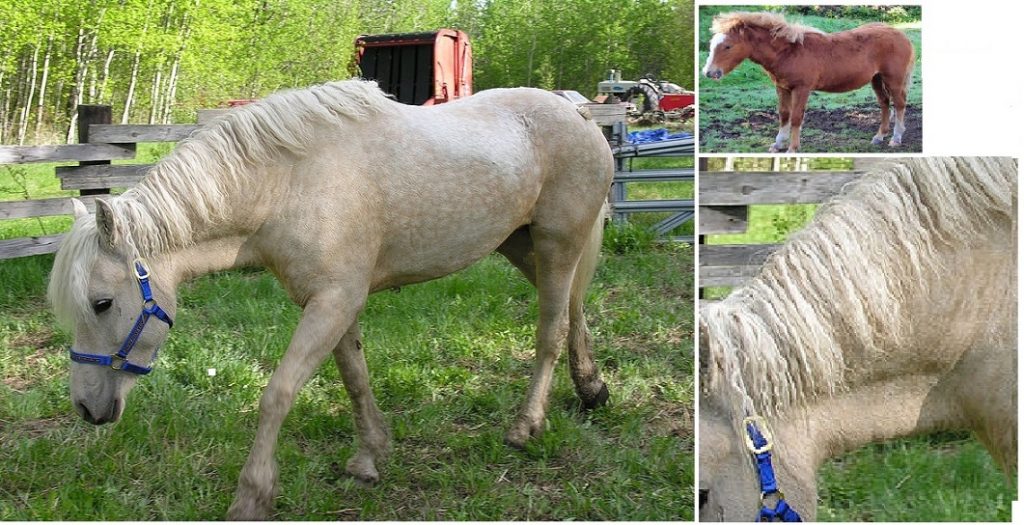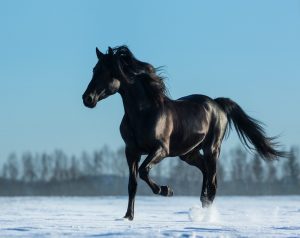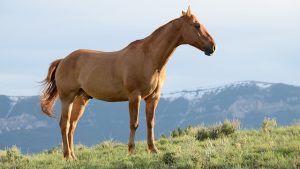European and Asian horses migrated from North America, many millennia ago.
They became extinct in North America about 10,000 years ago, and were later re-introduced by Europeans who by then had selectively bred them for a variety of specialist purposes. Crusaders brought Asian breeds and crossbreeds back to mainland Europe.
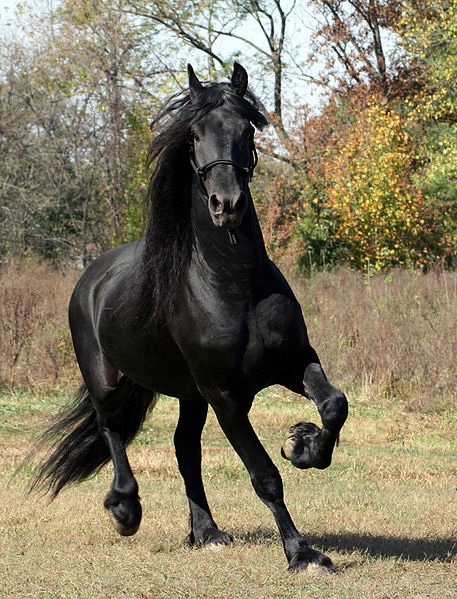
The Friesian
It is intended to be black with no white marking (although a small “star” on the forehead is permitted). With a 25% chance of a red gene, some tolerance is given to mares & geldings – but registrations of breeding stallions are more strictly judged. Strong, muscular, yet handsome and high steppimg, often paired for carriages or funeral hearses – something special.
In the recent films of Zoro, his horse “Tornado” was a Friesian.
The Haflinger
This is a small horse but robustly structured, possessing a chestnut or bay coat with flaxen mane and tail. Originally from the Austrian-Italian region of Europe. Often used as pack horses during military campaigns, particularly WW1.
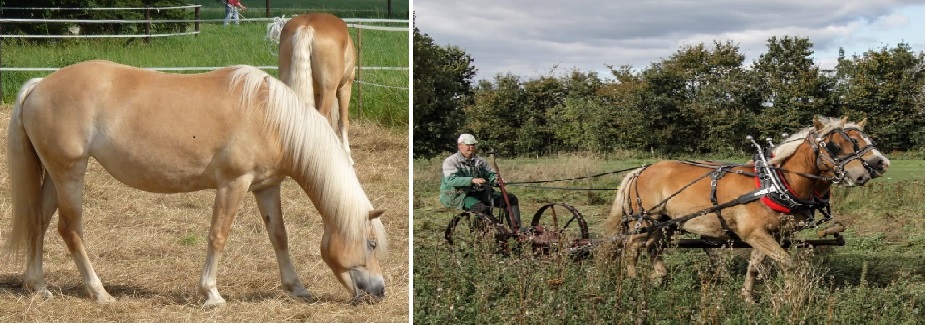
Norweigan Fjord Horse

Dun in colour, no white markings permitted if breeding, except for a facial star. A small, short legged draft horse. Mane is usually roached and bristly with darker hairs down centre of neck, spine and tail, but lighter as they spread from centre most dramatic in the light dun (cream). Shades vary from brown to slate grey.
Hanoverian
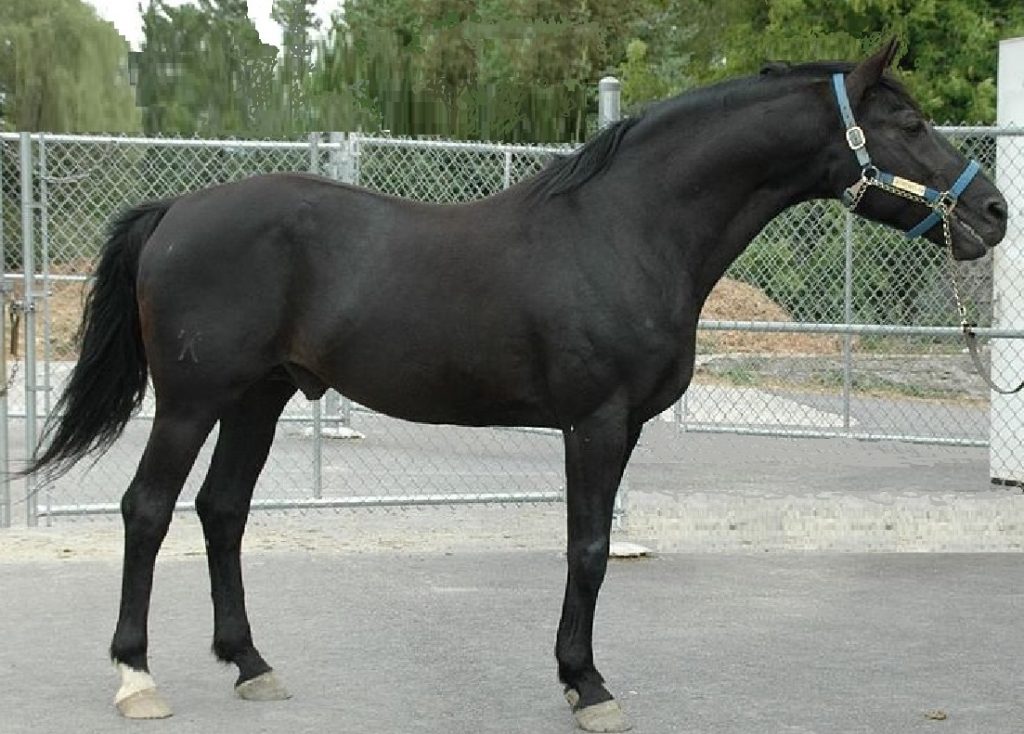
A West Germany breed, often used as a tall carriage horse. Athletic build, used by the military in various roles, favoured by cavalry and used with artillery. Now used increasingly for riding, jumping and popular with mounted police. 16-17hh, 600kgs
Ardennes
One of the oldest heavy horse breeds in Europe, originally from Belgium & France. Thick legs, up to 16hh and 800+kgs. Built for endurance, military draft work and farming. They existed before the Crusades, and widely travelled. Originally up to 14 hh but at a time when people were not as tall as they are today. Napoleon was not tall by any standard, yet he wanted bigger, so selective breeding with Arabian stock developed them into giants. They are hardy, gentle and intimidating all at the same time.

Lucitano
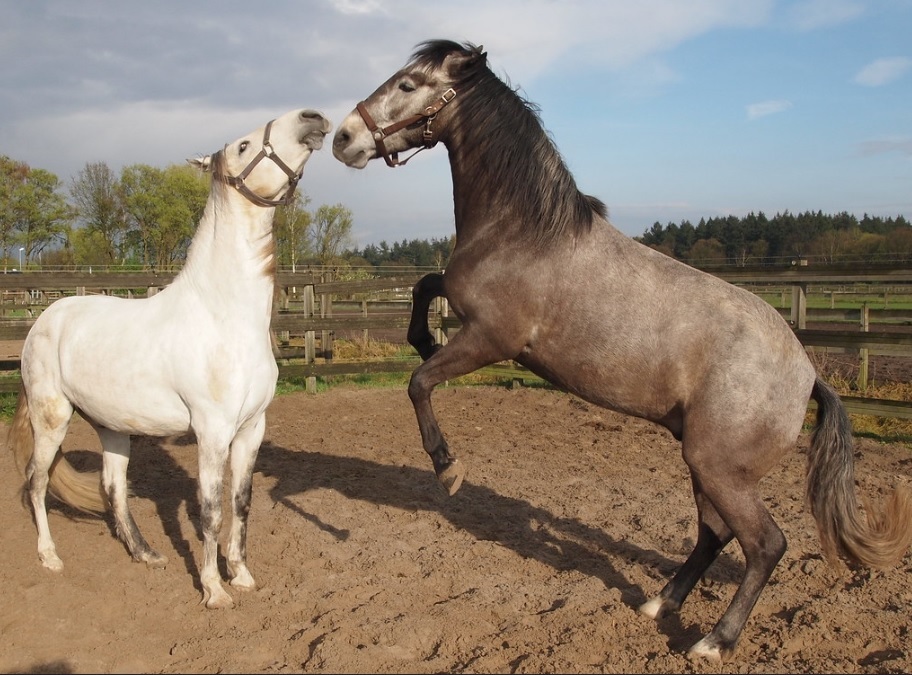
An ancient breed from the Iberian Penninsula. Takes well to training, so often seen in the dressage ring, buy they are equally adept at riding and driving, with a good number of olympic appearances. A very classy yet agile horse often used in the bull fighting arena. Legs/stockings and mane often darker colour. Owned and paraded by noblemen since the crusades which explains their popularity with Matadors and the Portuguese Royal Family. Very wide range of colours. Closely aligned to the Andalusians
Bashkir
Believed to have migrated to Russia and Northern Europe via the Bering land Bridge, before it submerged, then became extinct in North America. It was re-introduced to North America where it is known as the American Curly, though there are smooth coated curlies, it is the thicker winter coat that display this trait best. Believed to be hypoallergenic, these are one of the most hardy breeds and unsurprisingly raised in the Bashkortostan republic within and West of the Ural Mountains. The relationship between the American Curly and the Bakshir is debated – but land bridges do have 2-way traffic. Iberia also has a claim to the breed which has been crossed with many others. Colours vary, but the most common is chestnut, however dun, buckskin, appaloosa and other varieties are not unknown. There is also a breadth of sizes from childrens ponies up to 16 hh.
